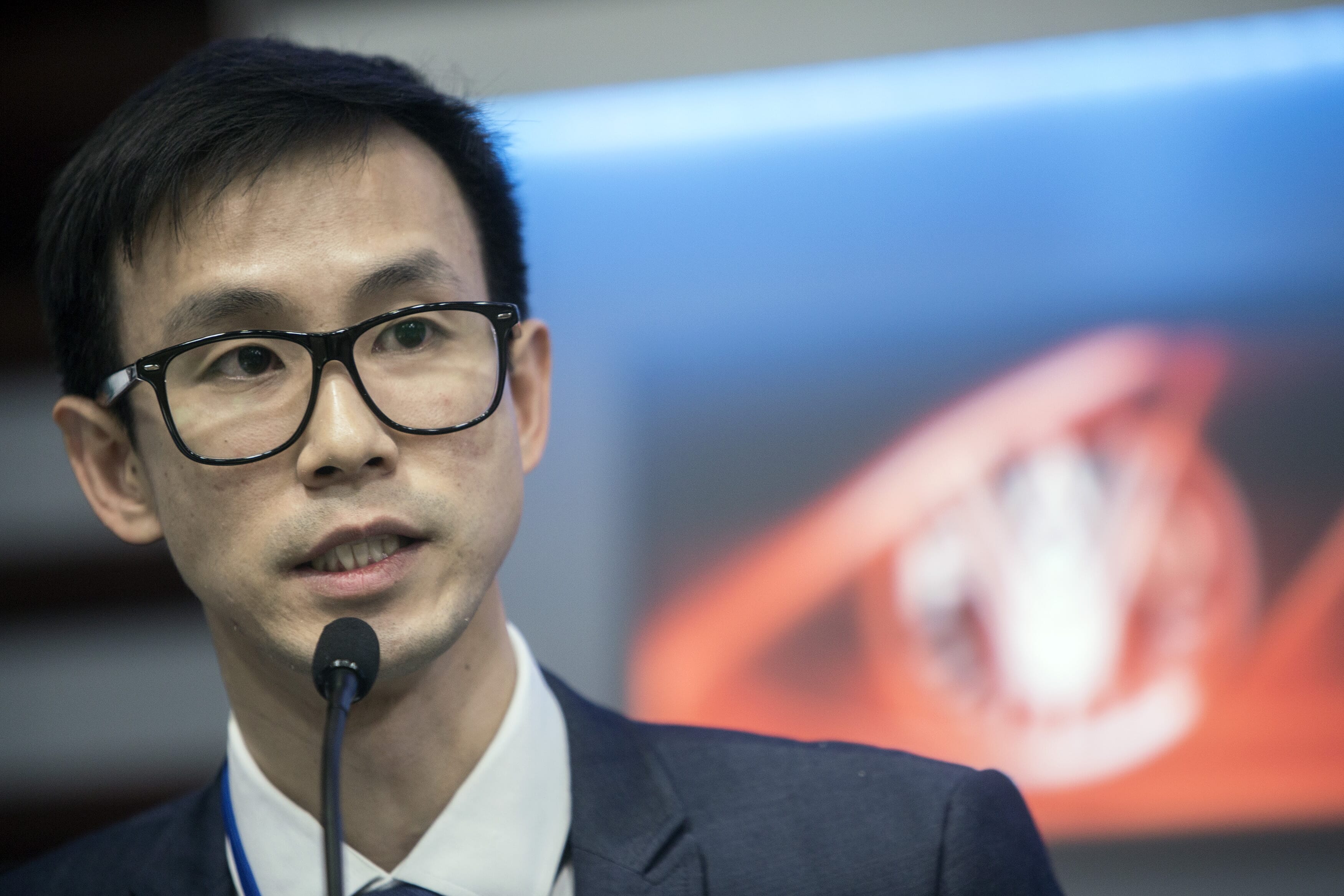The work is based on the vision paper “Selective breeding in aquaculture for future environments under climate change”. This is a part of the long-term co-operation between Nofima in Norway, Wageningen University in the Netherlands, and Natural Resources Institute in Finland (LUKE).
Why selective breeding?
The purpose of a breeding program is to improve characteristics of farmed fish by selecting genetically superior individuals to produce the next generation of farmed fish. Examples of such characteristics can be growth, disease resistance or fillet quality. It may also be tolerance to high or low water temperature.

So how does selective breeding work as a tool that can be used to adapt to new environmental conditions? Dr Sae-Lim (pictured) explains:“The current fish material is adapted to the prevailing environmental conditions. That fish may have suboptimal characteristics under future conditions, for example with increased water temperature. Genotype-by-environment interaction (GxE) is a phenomenon by which animals respond differently to changes in environment. The presence of GxE indicates that it is possible to select for fish that can adapt to the changing environments”.
The three strategies
The three key adaptive strategies identified, where breeding programs of aquaculture species can be used to solve challenges under climate change are:
Firstly, robustness will become a key trait in aquaculture, whereby fish will be less vulnerable to current and new diseases and parasites while at the same time thriving in a wider range of water temperatures.
Secondly, the traits that maximise production while minimising environmental impacts should be more effectively improved by breeding programs. Many of the traits related to resource efficiency and robustness can be improved by means of novel genomic tools.
Thirdly, aquaculture should more frequently use genetically improved species not suffering from inbreeding depression. This will imply using fish materials from well-managed selective breeding programs with proper breeding goals and a controlled rate of inbreeding.
Presented in FAO symposium
Dr Panya Sae-Lim presented the vision paper at the international symposium on 'The Role of Agricultural Biotechnologies in Sustainable Food Systems and Nutrition' hosted by FAO Headquarters at Rome 15-17 February 2016.
Summing up, Dr Antti Kause, principal research scientist and author of the vision paper from LUKE, says: ”We propose that stakeholders should support the adoption and development of selective breeding by disseminating genetically improved materials and knowledge of selective breeding at all levels of the aquaculture sector worldwide, to ensure food security for the growing human population under climate change”.


